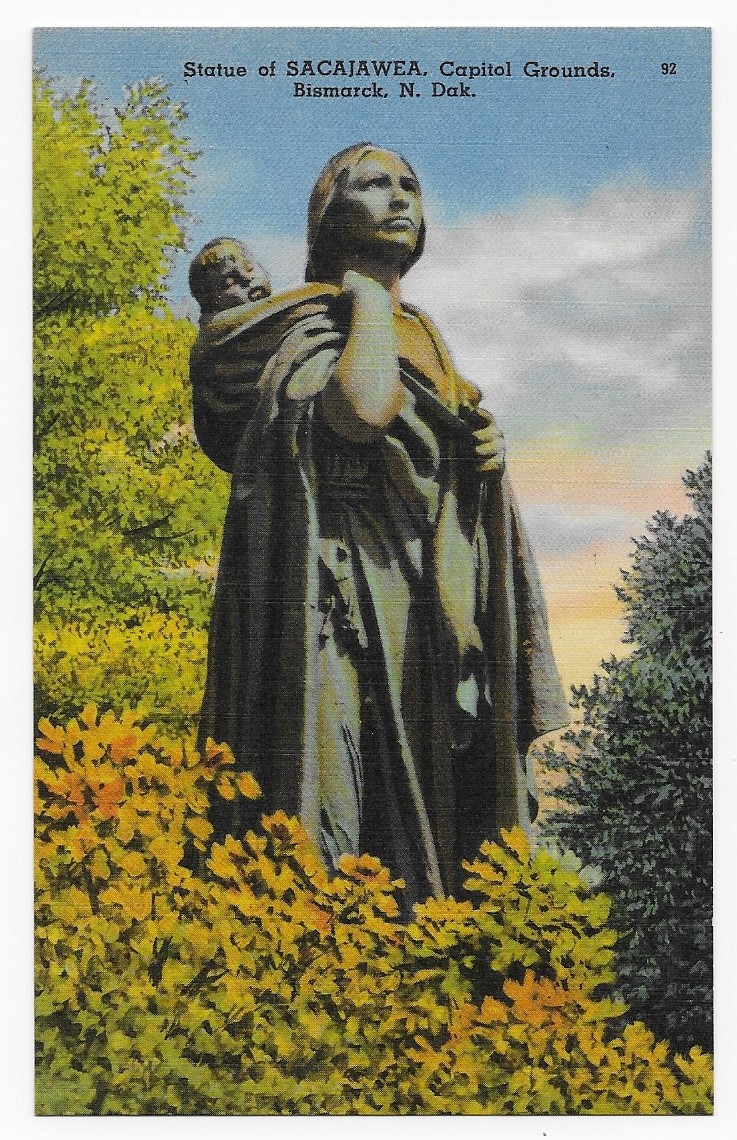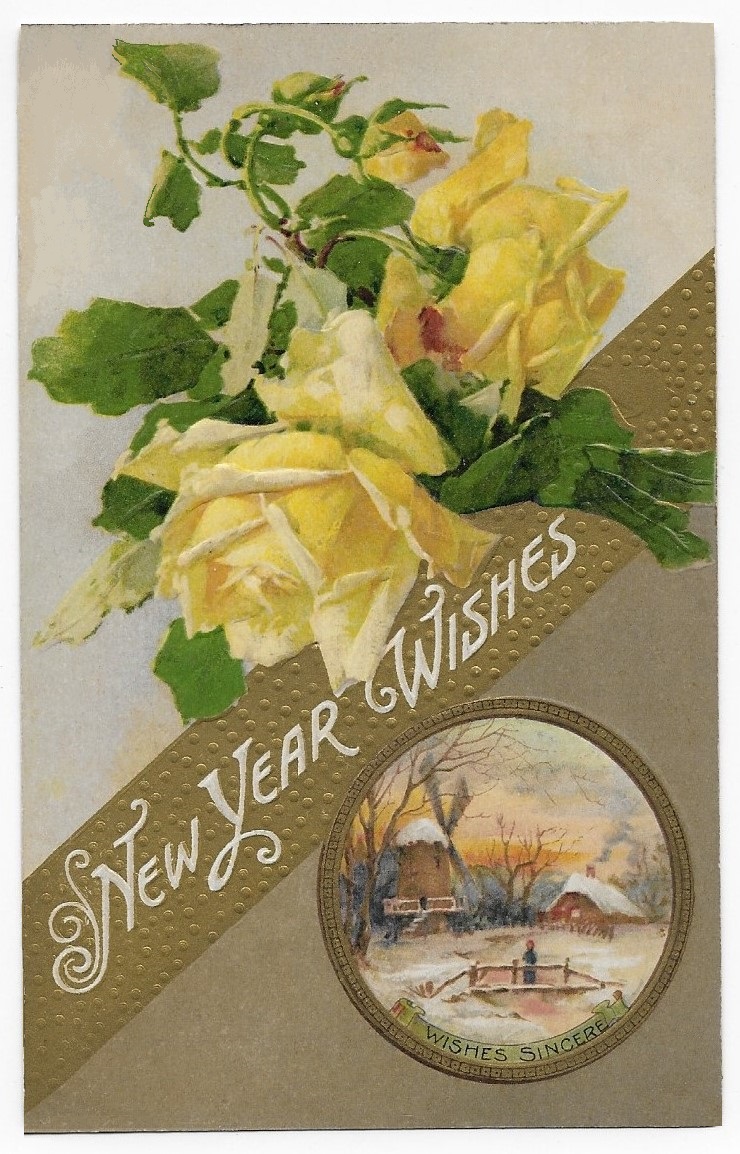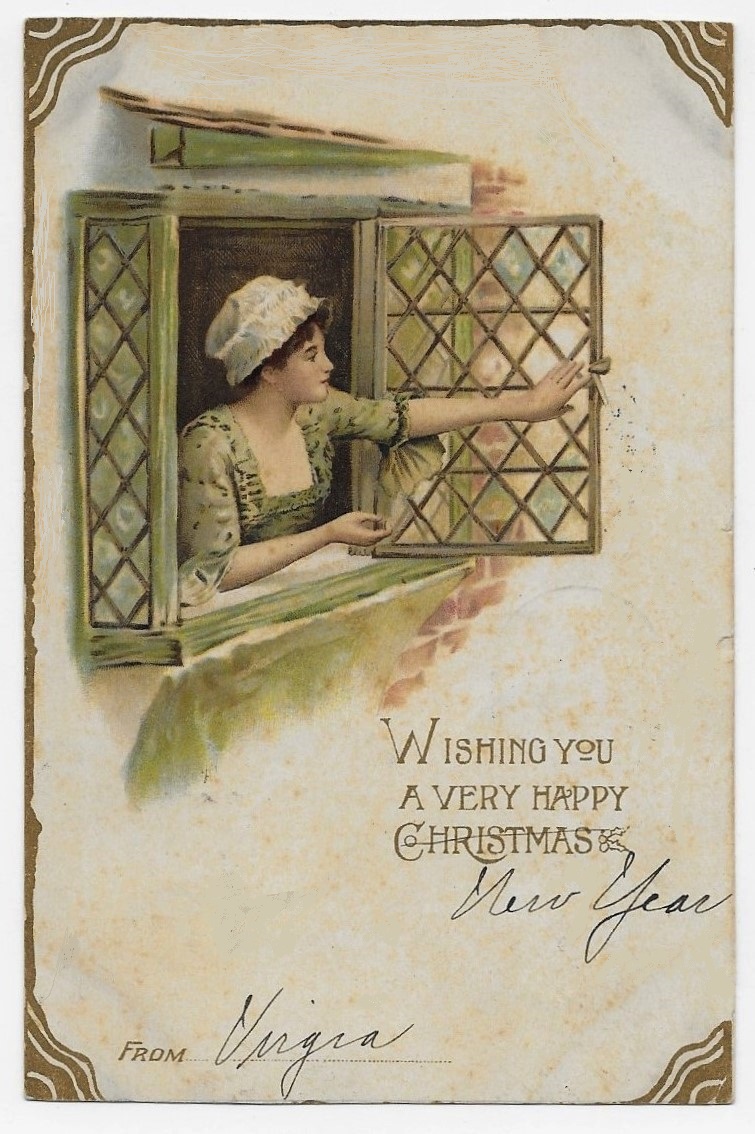When Thomas Jefferson completed the Louisiana Purchase in 1803, the entirety of this addition to the new United States was largely unknown.
France needed money for the Napoleonic Wars and Jefferson had the wisdom to see that the new nation needed a buffer against foreign powers in North America.
The price was cheap, although Jefferson was attacked savagely for incurring the financial obligation.
https://en.wikipedia.org/wiki/Louisiana_Purchase
French explorers and traders had penetrated the Mississippi Valley, and Spanish expeditions had crossed the territory on the Gulf of Mexico, but knowledge of the vast “wilderness” of the Great Plains, the Rocky Mountains, and the Pacific Northwest was limited.
At a time when European settlements were just beginning in many areas west of the Appalachian Mountains, Jefferson recognized that the government needed much more information about the enormous territory it had just acquired.
Accordingly, Jefferson commissioned an American “Corps of Discovery” and named Meriwether Lewis as the Captain.
Captain Lewis selected William Clark as the Corps’ co-leader, and moths of intensive preparation ensured.
In the summer of 1803, the Corps commissioned a custom-designed keel boat at Pittsburgh, PA, and some members departed on the Ohio River in the Fall of 1803.
In May of 1804, the full company left St. Louis, Missouri and the expedition (which lasted two years) began its journey up the Missouri River into Indian Territory.
https://en.wikipedia.org/wiki/Corps_of_Discovery
In 1805, the expedition met the Shoshone woman, Sacajawea (or, Sacagawea).
She was pregnant, and endured an agonizing delivery of a son shortly after joining the Corps.
Her husband, Toussaint Charbonneau, was the principal guide of the Corps, although Sacajawea assisted in some navigation.
The primary benefit of her participation was in acting as translator with the many tribes and sub-tribal groupings of indigenous people encountered on the trip.
The presence of a woman and an infant was a reassuring image of peace to many wary chiefs, and the presence of Sacajawea seemed to calm interactions.
https://en.wikipedia.org/wiki/Sacagawea
Because Sacajawea was a native of the territory that became North Dakota, a statue in her honor was erected on the grounds of the State Capitol in Bismarck in 1910.
Women’s clubs and societies were instrumental in the collection of funds, as were school children.
https://en.wikipedia.org/wiki/Statue_of_Sakakawea_(Crunelle)
The sculptor was Leonard Crunelle, a French immigrant who was noted for his depictions of mothers and children.
https://en.wikipedia.org/wiki/Leonard_Crunelle
In 2003, another cast of this statue was placed in Statuary Hall of the US Capitol to represent the State of North Dakota.





